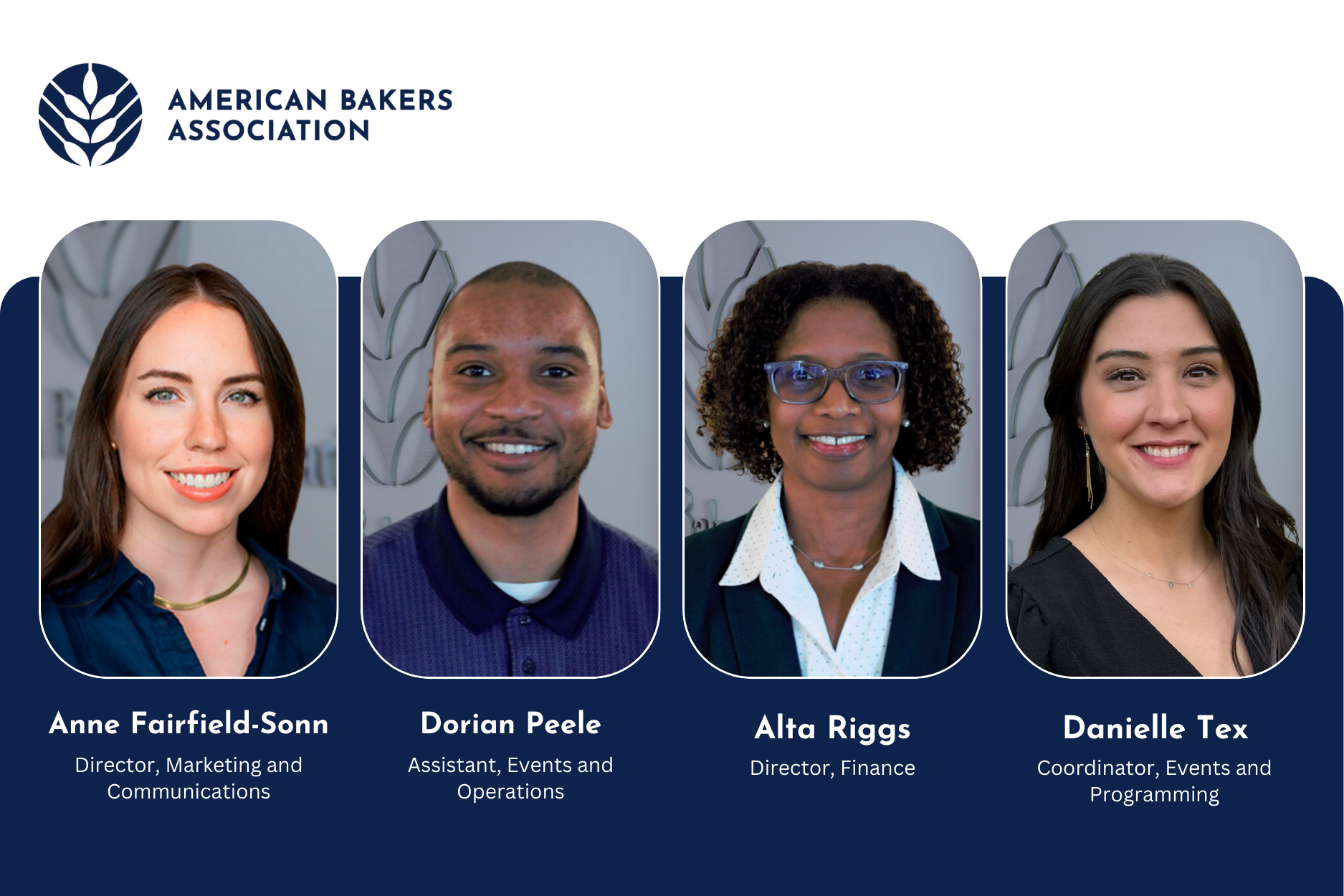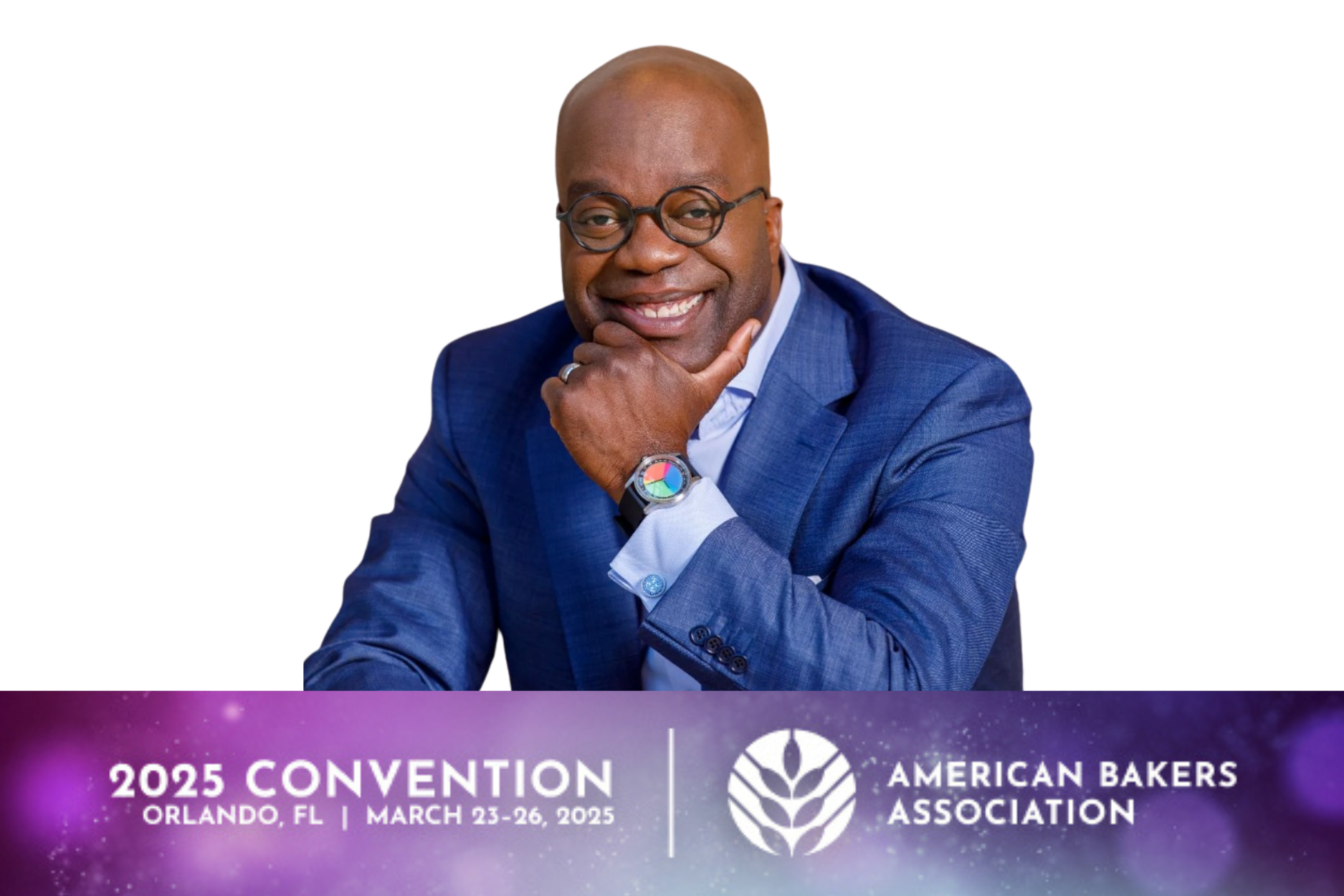Understanding the behaviors of Millennials and Gen Z is crucial for the baking industry. However, even as executives study specific consumer insights, they need to keep in mind the bigger picture of what these younger generations mean to their businesses.
“Millennials and Gen Z-ers represent the new normal,” said Jason Dorsey, President, The Center for Generational Kinetics, during a keynote presentation at the recent American Bakers Association Convention in Naples, Fla. “These consumers are not just the future, but the new normal. Whoever adapts to their needs will win big.”
At the annual ABA Convention, Dorsey unveiled a new generational study for ABA, Attracting Gen Z and Millennial Customers.
He provided a range of input on how younger consumers engage with commercially baked items, from bread to sweet goods, and how the industry can enhance marketing to win over these shoppers.
Big Positives on Consumption
A highly positive finding surprised Dorsey: Millennials and Gen Z are outperforming when it comes to consuming baked goods. Some 85 percent purchased at least one of eight categories of baked goods over the prior 30 days.
“I was stunned, that’s a really good sign,” Dorsey said. “This is a massive opportunity for the industry.”
Categories analyzed included bread, sweet bake goods, tortillas, rolls and buns, crackers, baked bars, bagels and flatbreads.
The positive news, however, was tempered by the finding that about half of these younger consumers buy or eat fewer baked goods than they did a year ago, and this was especially the case with Gen Z. Moreover, concern about food waste is a primary driver when younger consumers decide not to buy bread.
The research surveyed more than 1,800 Millennial and Gen Z bakery consumers, with the Gen Z emphasis on consumers aged 18-22, the older members of that generation who have more ability to act on their product preferences.
Embracing Occasion-Based Marketing
The research pointed to a wide range of baked goods eating occasions among younger consumers. These go well beyond traditional meals to include snacking, treat or reward, social gathering, and special occasion. Moreover, each category of baked goods, from bread to tortillas, performs differently by occasion, making it imperative to understand multiple variables in marketing to consumers.
“There are a lot of occasion-driven findings about consumers, but a lot of the marketing in this category isn’t done by occasion,” Dorsey said.
The findings underscored the importance of ‘fresh’ claims to younger consumers. ‘Fresh baked’ was one of the key nutritional descriptors favored by these generations across baked goods categories. Consumers are interested in guarantees of freshness and product integrity, according to the findings.
However, Dorsey said marketers don’t need to be specific about the meaning of fresh claims.
“Be sure and play up fresh, but you don’t have to define fresh, in fact these consumers will define it for themselves,” he said.
Employing Visual Strategies
One of Dorsey’s key takeaways for marketers is that younger consumers prefer visual communications.
“They are almost entirely visual learners and buyers,” he said. “And you won’t lose older buyers by making things more visual.”
The visual preferences extend to videos, he added, noting that these don’t even need to reflect high production values.
“You need videos to represent your products or categories,” Dorsey advised. “The most trusted learning resource for Millennials is YouTube, but when you search for many baked goods brands on YouTube, there’s not much video out there, and what is there doesn’t necessarily reflect you or your category.”
ABA will follow up the report’s launch by relaying insights from the research in the coming months to keep this important topic on the front burner of the industry.
-About the Author- David Orgel is an award-winning business journalist, food industry expert and speaker. He currently is the principal of David Orgel Consulting LLC, delivering strategic content and counsel to the food, retail and CPG industries.



